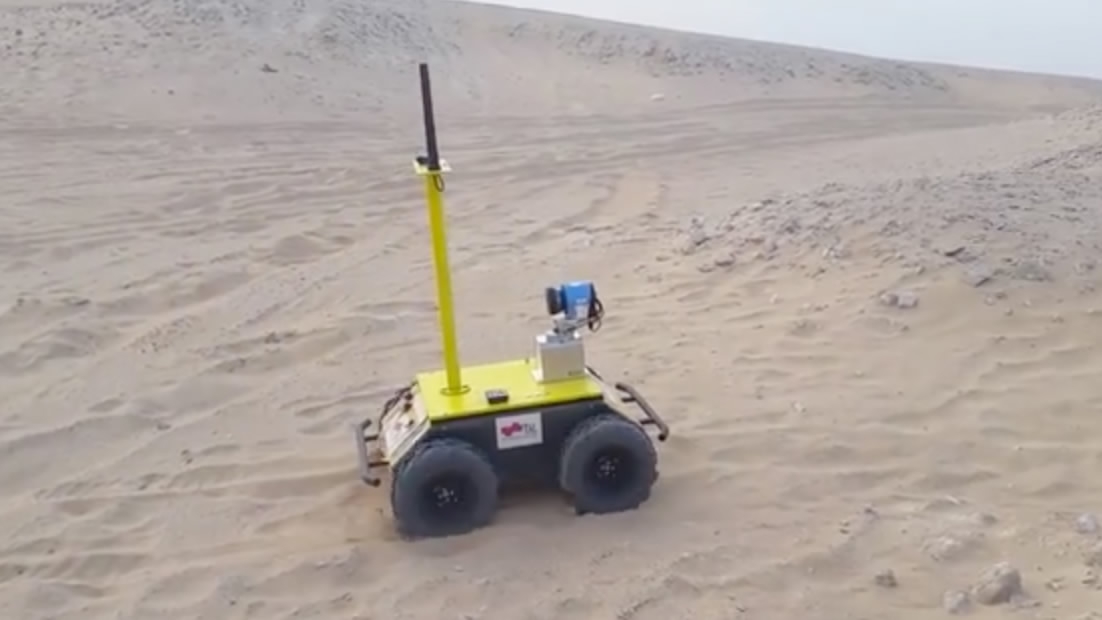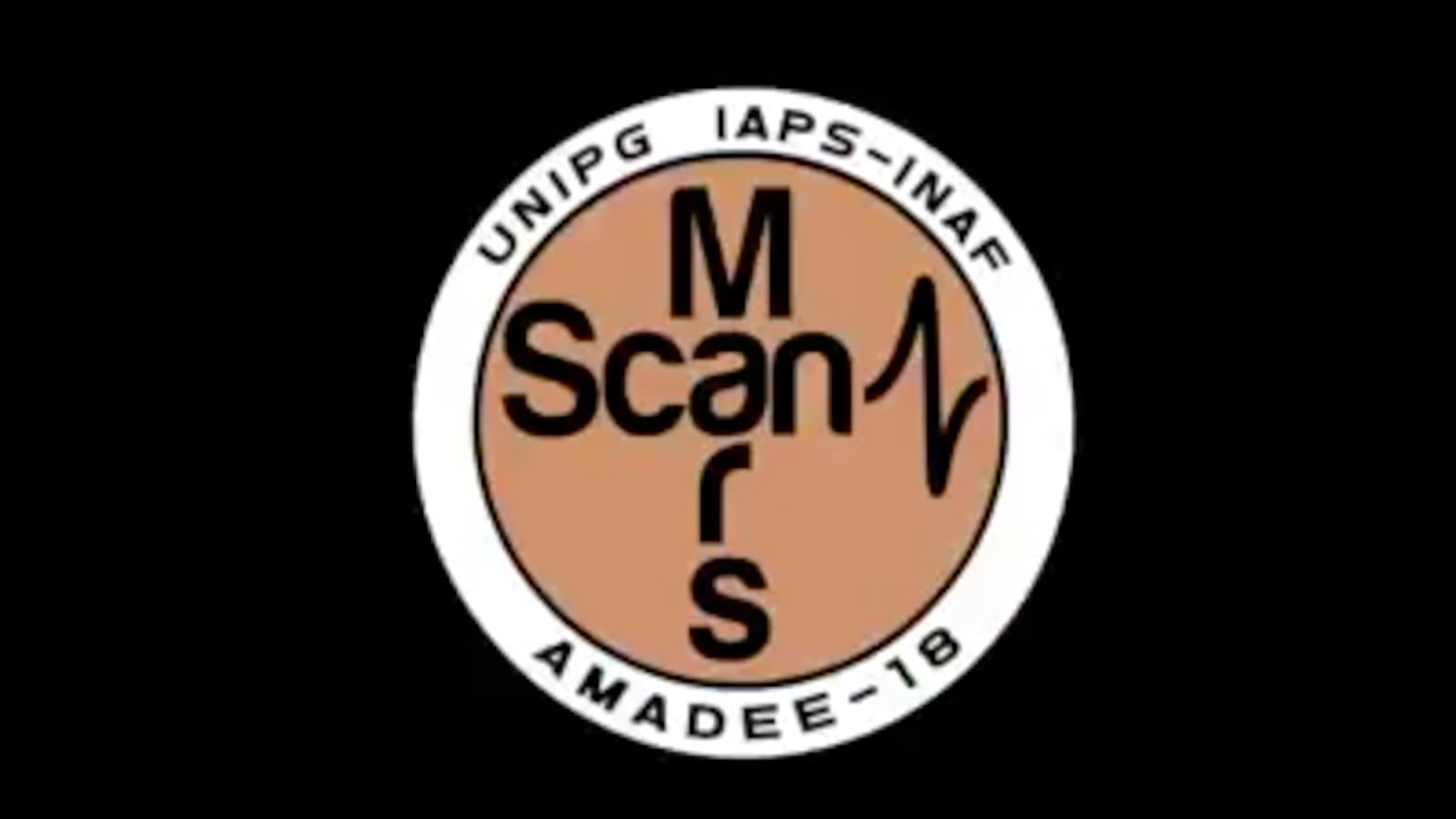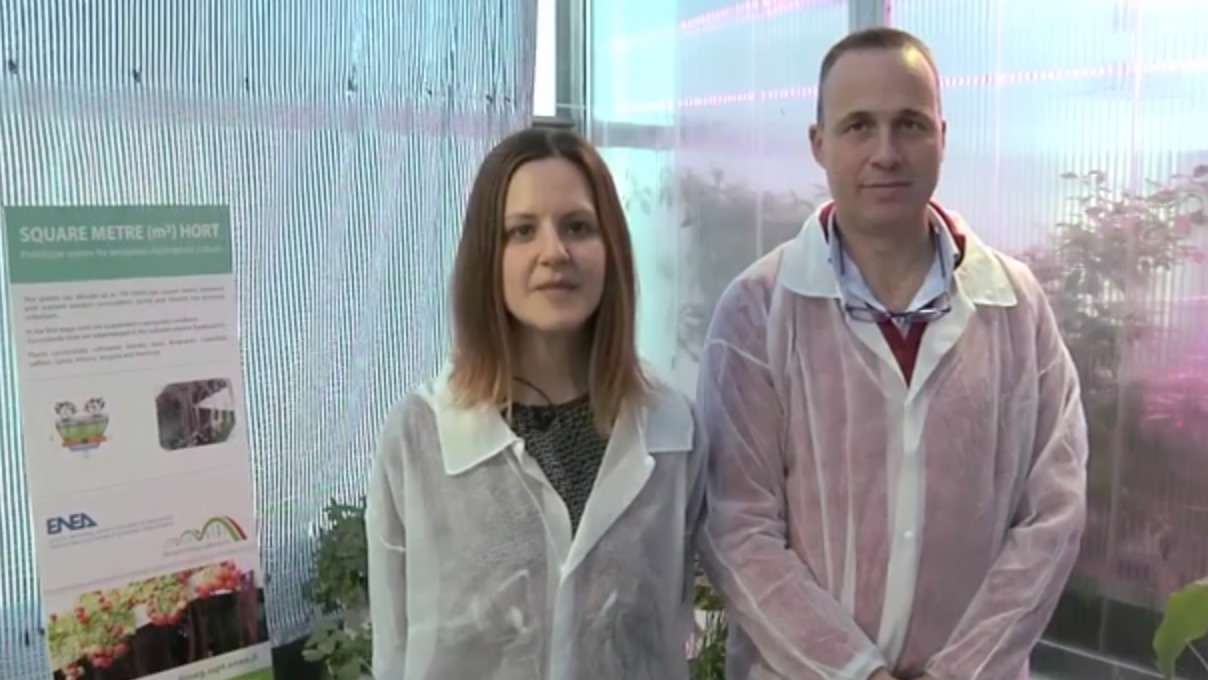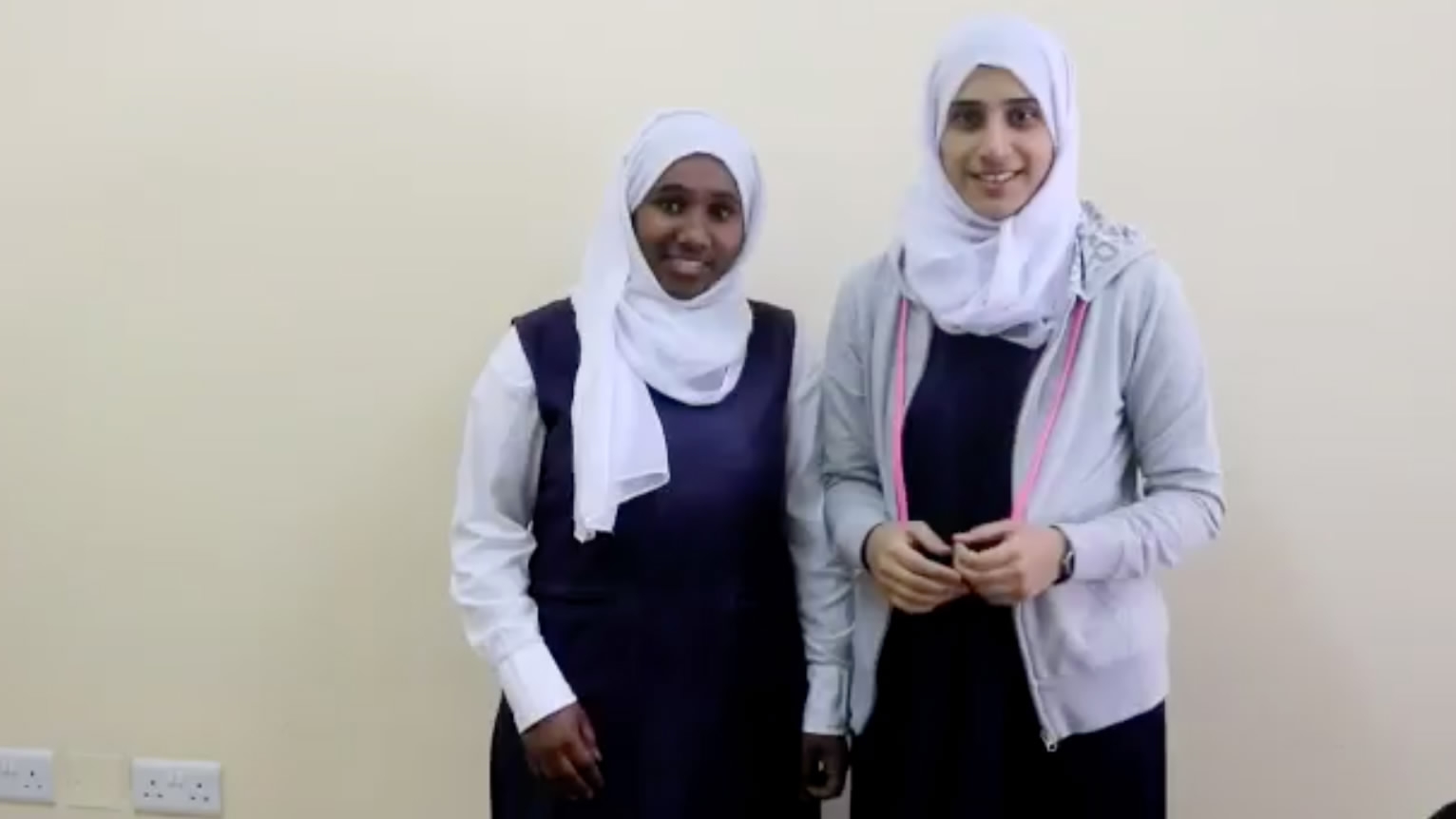
World
18:05, 08-Feb-2018
Food, water and psychology to be crucial in Mars simulation mission
By Abhishek G Bhaya

What will astronauts eat on Mars in the likely event of a future exploratory manned mission to the Red Planet?
Is there a way to cultivate food on Mars or any chances of finding an underground reservoir of water?
What impact will an isolated existence have on the psychology of the inhabitants of a future human colony on Mars?
These are among the few questions that the ambitious AMADEE-18 mission, conducted by the Austrian Space Forum, or OeWF (ÖsterreichischesWeltraum Forum), will seek to answer as it entered its simulation phase in a remote Omani desert replicating the conditions of Mars on Thursday evening.

A view of the desolate base camp in Rub' al Khali desert in Oman's Dhofar region. /Photo via OeWF
A view of the desolate base camp in Rub' al Khali desert in Oman's Dhofar region. /Photo via OeWF
The team of six analog astronauts from OeWF “landed” on the simulated Martian terrain in Oman’s Dhofar region to kickstart the mission. They will spend three weeks in isolation, carrying out an array of experiments in the fields of engineering, planetary surface operations, astrobiology, geophysics/geology, life sciences, virtual reality and other human factors.
“We are mimicking the search for life on the Red Planet… decades before an actual voyage to Mars sets off, but we have to start for that eventuality today,” Dr Gernot Grömer, OeWF president and the field commander for the AMADEE-18 mission said.
“We want to demonstrate how to look for life in Mars with an exquisite suite of experiments from various disciplines,” he added.
The interdisciplinary mission involves researchers from more than 20 countries, who will study and test equipment, procedures and workflows under a simulated condition that could be used for future Mars mission.
Geoscience and rovers
“We have a lot of geological experiments like the one on field spectrometry which is basically analyzing the composition of different soil types. Then we also have the ScanMars experiment which is looking for various underground structures using geo-radio systems, which you cannot see with satellite images for instance,” said Michael Muller of OeWF, who is operations in charge of AMADEE-18.
ScanMars is a ground-penetrating radar which detects variations in dielectric subterranean properties.

“It will help us characterize the subsurface of the desert using a ground penetrating radar to reconstruct the geologic evolution of the area, and learn more about the properties of the ground. An important element that could reveal the composition of Mars' surface and its geological evolution in future missions,” an OeWF statement said.
The ScanMars experiment is jointly carried out by Maurizio Ercoli of University of Perugia, Italy and Alessandro Frigeri of the National Institute for Astrophysics, Rome, Italy.
The AMADEE-18 mission will also see the usage of the prototype “Husky” autonomous rover and “Avi-Nav” drone.
Husky was developed by professor Gerald Steinbauer, an astrophysicist and robotics specialist at the Graz University of Technology, Austria, in collaboration with his student Michael Stradner. Its finest feature is a 360-degree laser turret that helps map the surface around it, along with a GPS antenna, which allows for remote location sensing and piloting. The rover will also be used for autonomous collection and transport of material on the “Martian” surface.
Avi-Nav, developed by Stephan Weiss of the University of Klagenfurt, Austria, is a small multi-copter aerial vehicle equipped with sensors, a processing unit and an algorithmic framework. The drone’s trial at the mission will verify if it would be able to navigate independently, purely on visual-inertial cues and with onboard processing over Mars-lice surfaces.
Food and cultivation
Food is a critical component of any long-term human space mission. Sustainable cultivation of food is critical for human colonization of Mars. It is with this objective that the Italian Space Agency is testing its HortExtreme cultivation project under the mission.

“HortExtreme aims to develop innovative cultivation system useful in our roadmap to Mars exploration and colonization, expanding the scientific knowledge on the Bioregenerative Systems management and performances,” an OeWF statement said.
The experiment involves installation of an inflatable structure on the site to accommodate microgreen hydroponic cultivation and evaluates the plant growth performances in extreme environment.
“It is focused on figuring out with the resources we would have on Mars, what kind of greens could we grow? So there is an experiment in which under controlled conditions, we are growing micro-greens. And these are micro-greens that we will be harvesting and consuming during the mission,” said Kartik Kumar, one of the six analog astronauts for the mission.
“Being able to understand things like the amount of energy input required and the efficiency of generating these micro-greens can help us to understand in extreme circumstances like on Mars actually whether something like this is viable and could be supported by the mission architecture,” he added.
“Usually, we don’t eat our experiments but this is an exception,” joked Grömer. “And one that we are looking forward to,” Kartik conceded.
“It’s going to be the one and only harvest that we are going to have. Otherwise we are only allowed to consume foodstuff that perish within a year or so,” Grömer informed.
Water detection

One of the big questions in the exploration of Mars is to know whether there is water present in its subsurface. A way to do it is by analyzing the changes in the seismic waves that travel through any media, which exhibit different behaviors associated with medium changes such as fluids, rock types, and rock textures.
A team of Omani students will conduct the Water Explorer experiment during AMADEE-18 simulation to delineate shallow aquifers in the area of study.
“The Omani experiment tries to find out how to most efficiently detect water on Mars, which is an extremely essential aspect of the mission,” Muller added.
The experiment will utilize a sensitive self-contained geophone to record both active and passive seismic signals to delineate shallow aquifers. The research will highlight the deployment of self-contained geophone units for subsurface investigation.
Psychological factors
Researchers will also monitor and analyze the crew’s behavior and other psychological aspects in a series of experiments during the three-weeks-long simulated phase.

Analog astronaut getting familiar with AMADEE-18 experiment procedures at the base camp in Oman's Dhofar region. /Photo via OeWF
Analog astronaut getting familiar with AMADEE-18 experiment procedures at the base camp in Oman's Dhofar region. /Photo via OeWF
“Of course for a long duration mission, it is also important to take into account the psychological factor. So, we also have many psychological experiments included in the AMADEE-18 simulation,” Muller revealed.
While an experiment named FATIGUE will analyze the physical and mental fatigue of the analog astronauts, another named TEAM will study the level and fluctuation over time of team cohesion, conflict, performance and determination of personality factors.
The crew will also undergo a situational awareness training and examination under the MSTAT and MIMIC experiments.
Another experiment by the name of MIMIC will carry out a computerized analysis of verbal communication to study the mechanisms of psychological and psychological adaptation or maladaptation in extreme or stressful environments.
“We may feel observed like a lab rat sometimes. We are all test subjects,” quipped Grömer referring to the psychological experiments.
6277km

SITEMAP
Copyright © 2018 CGTN. Beijing ICP prepared NO.16065310-3
Copyright © 2018 CGTN. Beijing ICP prepared NO.16065310-3